我將此道義式燉飯取名為春天版義式燉飯。因為每當市場上出現新鮮的豌豆莢、蠶豆莢, 我就會感受到春天的到來...我愛從豌豆莢、蠶豆莢中取出小豌豆、蠶豆的嫩綠; 它們的嫩綠和清甜就像春天! 請使用由鮮豌豆莢、蠶豆莢中取出的小豌豆、蠶豆, 因為它們的清脆、多汁與甜美是此道燉飯的靈魂。
200公克 現剝的蠶豆* (帶莢重約450-500公克)
200公克 現剝的豌豆 (帶莢重約400公克)
1 條蒜苗 (leek, 只使用白、淡黃綠色部為), 切絲
30公克無鹽奶油 (20公克用來炒香蒜苗, 10公克用來拌入燉飯中)
1.2公升 雞高湯 (也可用蔬菜高湯)
150 ml 料理用白酒
40公克 帕馬森起士, 刨碎
2人份義式燉飯 (arborio米、carnaroli米或vialone米; 約125公克)
(*蠶豆從豆莢取出後, 放入沸鹽水中燙1-2分鐘、沖冷水、瀝乾, 再剝去外皮)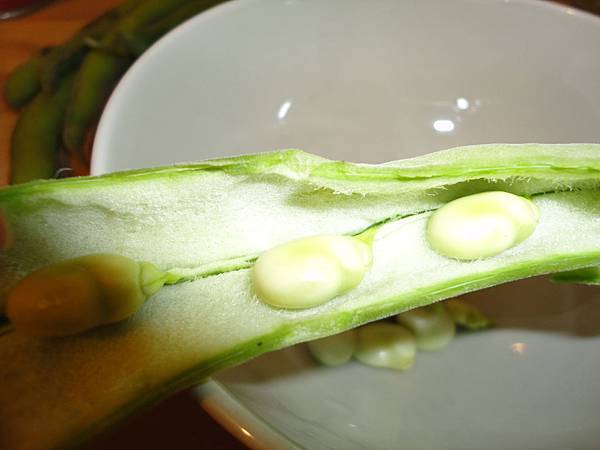
(* 義式燉飯的基本烹調, 請參考義式燉飯 - butternut squash 胡南瓜版和鮮蟹櫛瓜義式燉飯)
1. 將高湯煮滾後, 為持小滾狀 (simmer)
2. 使用一微深的平底鍋, 加入20公克無鹽奶油來慢炒蒜苗 leek (請小火慢炒, 小心別炒焦)
3. 加入米, 均勻的將米粒裹上鍋裡的油脂
4. 轉大火, 加入料理用白酒, 攪拌 (我使用耐熱攪拌匙, 請避免使用木製攪拌匙, 因它會吸收液體)
5. 待白酒吸收後, 開始加入一匙熱高湯, 攪拌, 攪拌再攪拌 (義式燉飯的絕竅: 經由約15分鐘的攪拌打出米的黏稠性)
6. 轉中小火
7. "一匙熱高湯, 攪拌" - 每加一匙熱高湯前, 須待上一批的液體已被吸收8.5分滿; 重複一匙熱高湯, 攪拌
8. 10分鐘後, 加入豌豆和蠶豆, 繼續 "一匙熱高湯, 攪拌"的動作
9. 5分鐘後, 試吃幾顆米粒
(義式燉飯應為 al dente - 彈牙; 我的經驗是: 1. 查看米粒中心是否尚有一'小部份', 像芝麻般大小, 呈白色 2. 試吃米粒, 是否'微硬'; 若'微硬'即表示已接近完成, 因我後續還有一步驟, 此步驟會使用餘熱將米粒繼續烹煮。請注意: 試吃過程中, 米粒咬在嘴中若帶粉粒, 表示未熟, 請重複"一匙熱高湯, 攪拌"的動作; 基本上米粒烹煮時間應掌握在15-20分鐘, 加入的高湯一定要是小滾狀 simmer。)
10. 拌入刨碎帕馬森起士; 熄火, 丟入另10公克無鹽奶油, 加蓋
11. 讓燉飯 '休習' 10分鐘
12. 掀開鍋蓋, 將融化的奶油拌入燉飯中, 趁熱享用
圖中看到的是搭配香煎大扇貝一起食用
(使用約350公克的新鮮大扇貝, 清理並用廚用紙巾擦乾。少許鹽和胡椒調味。將一煎鍋以大火加熱, 當鍋溫達極熱, 丟入約10公克無鹽奶油; 當奶油冒泡變焦黃時放入大扇貝, 每面煎2分鐘, 成品為5分熟; 視扇貝厚度而異。 扇貝的corals - 橘色部份需煎至全熟; 此部為也可以在煎熟後加入一匙crème fraîche法式酸奶, 一起打成泥做醬汁。)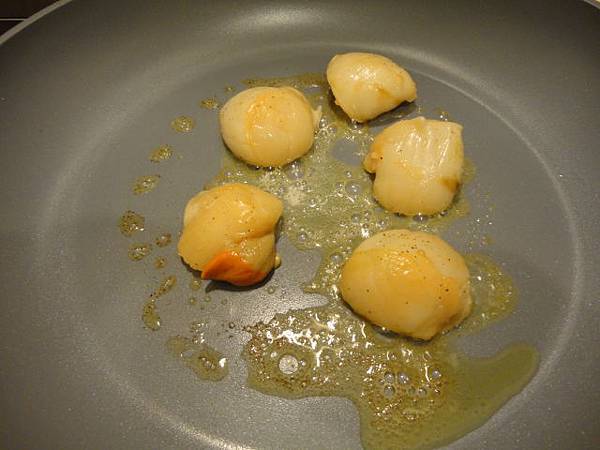
English Version:
Spring risotto with seared fresh scallops
I call this risotto Spring risotto. As fresh peas and broad beans are usually the sign of Spring to me. I love the vivid green and simple sweetness of this risotto, just like the season of Spring!
Try using the freshly shelled peas and broad beans, they can be so crunchy, juice and sweet.
200g freshly shelled broad beans* (about 450-500g unshelled)
200g freshly shelled peas (about 400g unshelled)
1 leek (white part only), cleaned and finely sliced
20g of unsalted butter plus another 10g
1.2 litre chicken stock or vegetable stock
150 ml cooking white wine
40g freshly grated Parmesan
risotto rice for 2 people (about 125g)
(* Preparation for the broad beans: blanch the shelled beans in salted boiling water for 1-2 minutes. Rinse under cold water and drain. Peel the outer skin and set aside until ready to use.)
(The basic cooking method is similar to my other risotto recipes, butternut squash risotto and crab & courgette risotto.)
1. Bring the stock to the boil and leave it on a low simmer.
2. Slowly fry the leek with some butter for a few minutes without colouring.
3. Add the rice and make sure it is evenly coated with the oil.
4. Turn the heat up and pour in the white wine and stir at all time.
5. Once the wine liquid has been absorbed, start adding ladle by ladle of hot stock. Stir, stir and stir.
6. Turn the heat down to a low-medium.
7. Add the stock, ladle by ladle (before adding the next ladle, always make sure each batch has been nicely absorbed) and keep stirring.
8. After about 10 minutes of cooking, add peas and beans and continue with the stock and stirring action.
9. After another 5 minutes, check if the rice is cooked.
(The result I am after is al dente not a mashy mixture. So here is what I normally do - 1. check if there is still a tiny bit (like a size of sesame seed) of white part in the middle of rice 2. taste the rice to see if it still has a slight bite; stop at this point as when the risotto is resting, it will continue to cook / heat the rice.)
10. Stir in the Parmesan. Turn off the heat. Add the other 10g of butter and put the lit on.
11. Leave the risotto to rest for 10 minutes.
12. Stir in the melted butter and serve immediately.
I also bought some incredibly fresh large sea scallops and thought the sweetness of these scallops will go nicely with this spring risotto.
Simply clean and dry the scallops on a few paper towels. Season with some salt and pepper. Heat a frying pan over high heat, and add some butter to the pan. When the butter starts to form and turns brown, add the scallops to the pan. Cook for 2 minutes on each side (depending on the thickness) if you like it rare. For the corals (orange part), they need to be well-cooked. Or you can puree it with some crème fraîche to make a nice sauce.
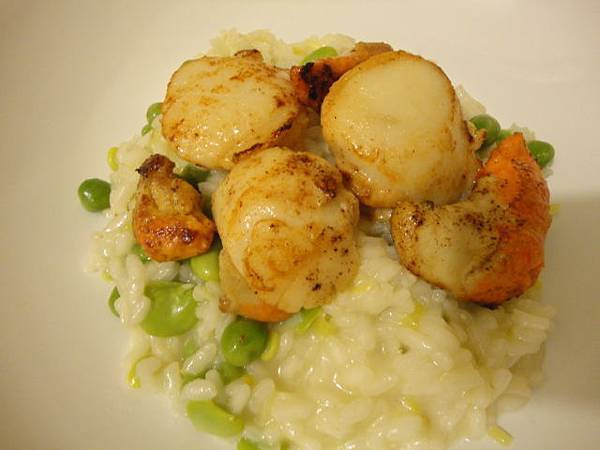
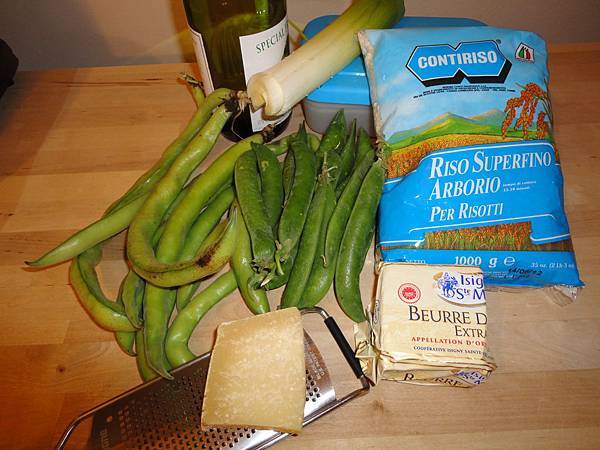
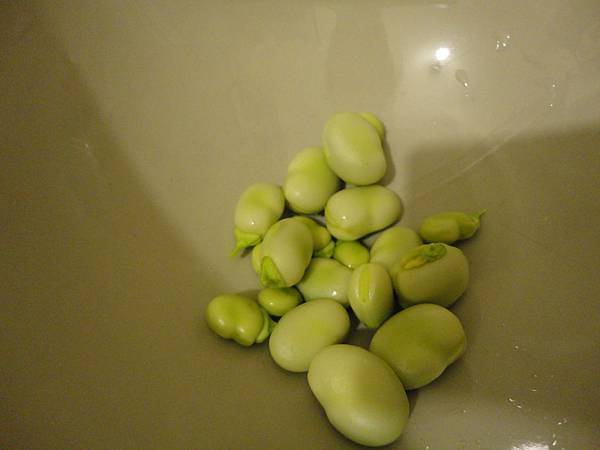
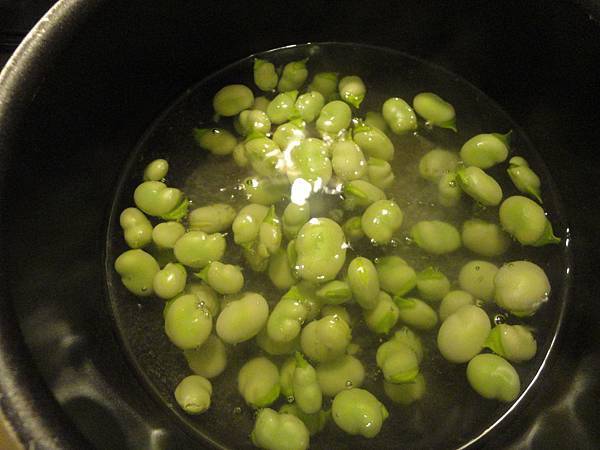
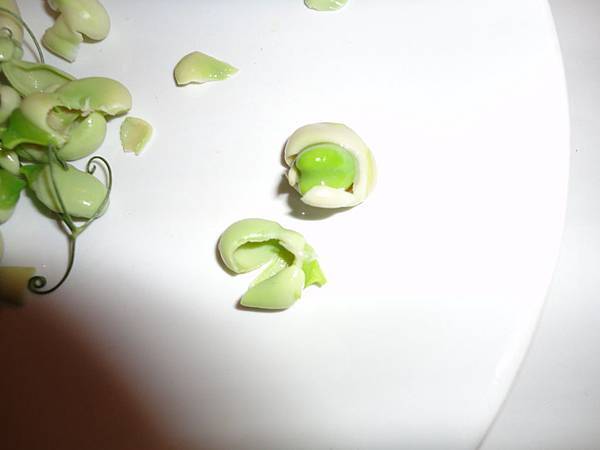
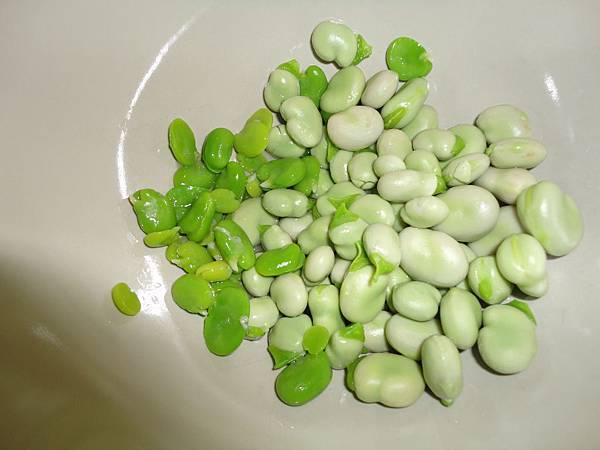
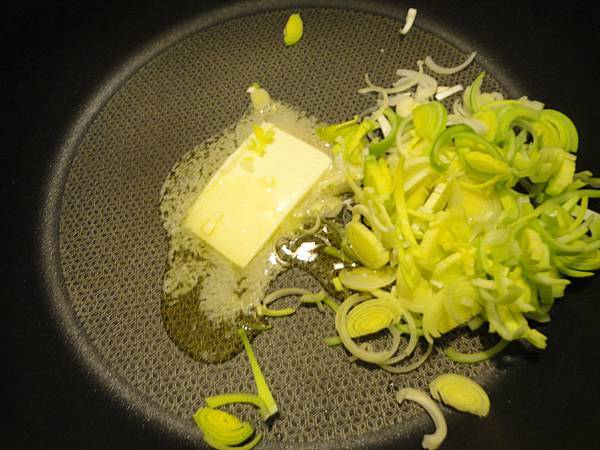
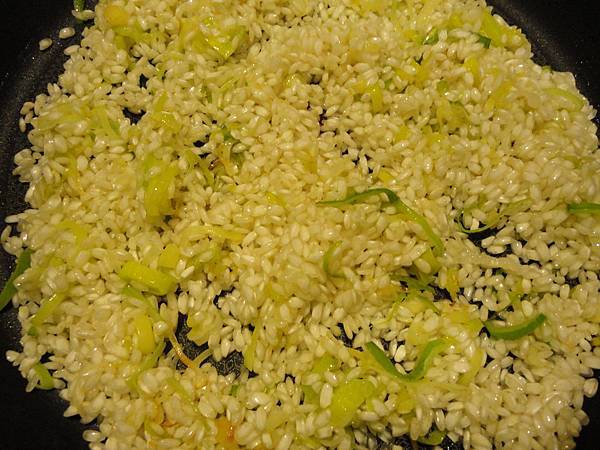
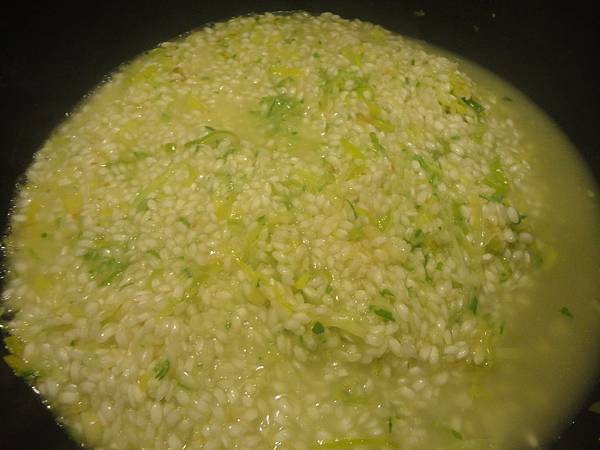
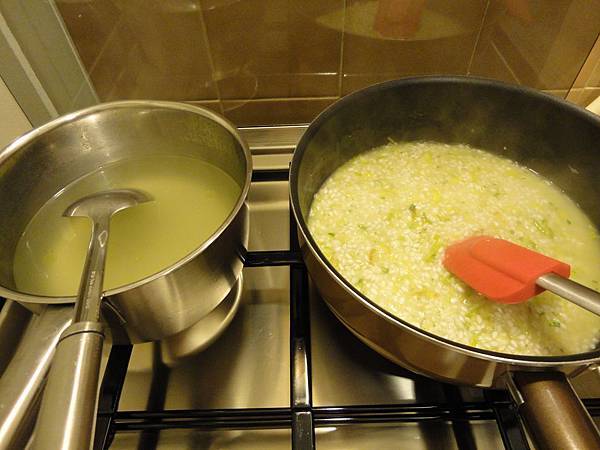
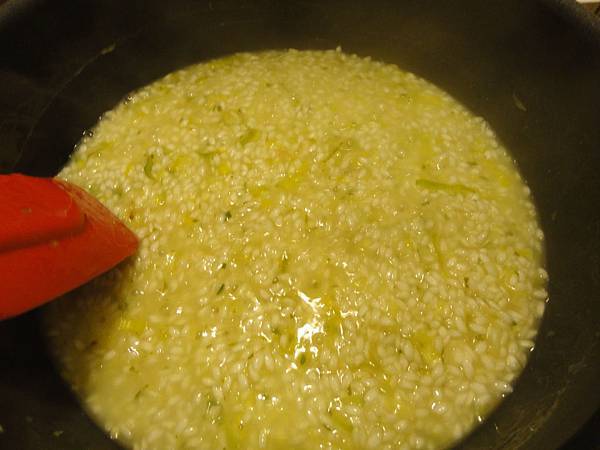
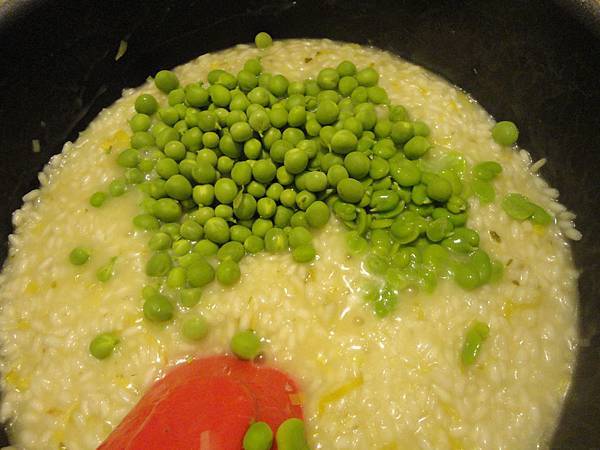

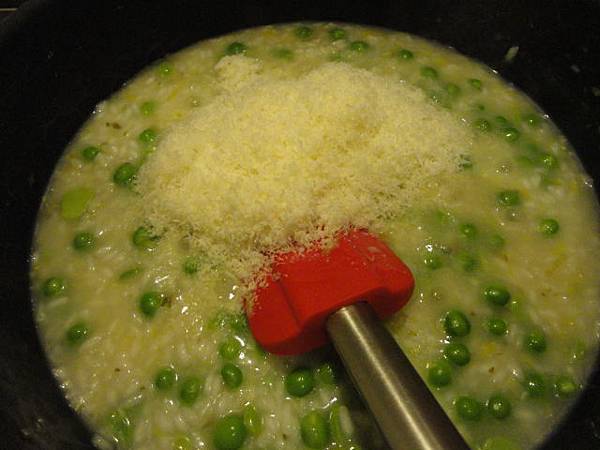
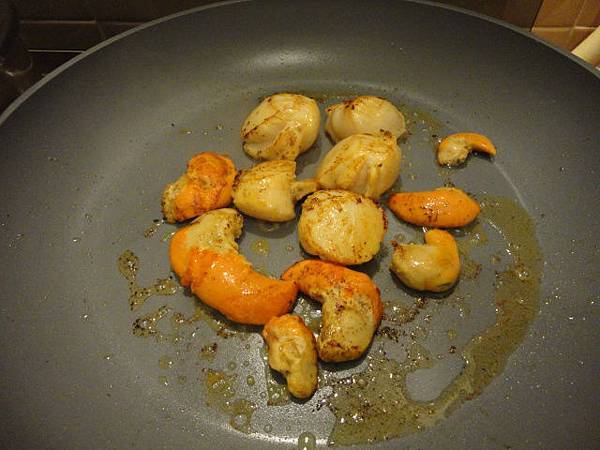
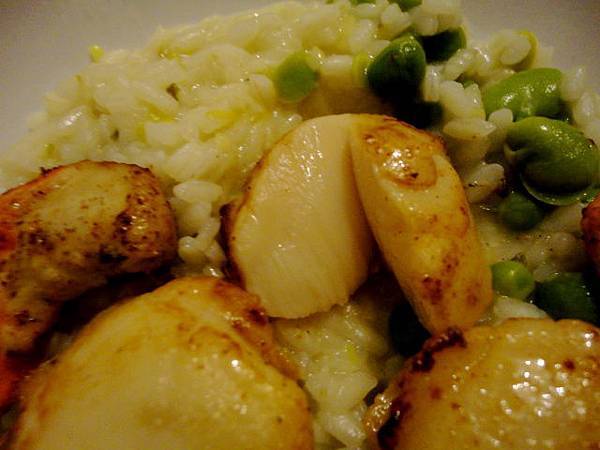


 留言列表
留言列表